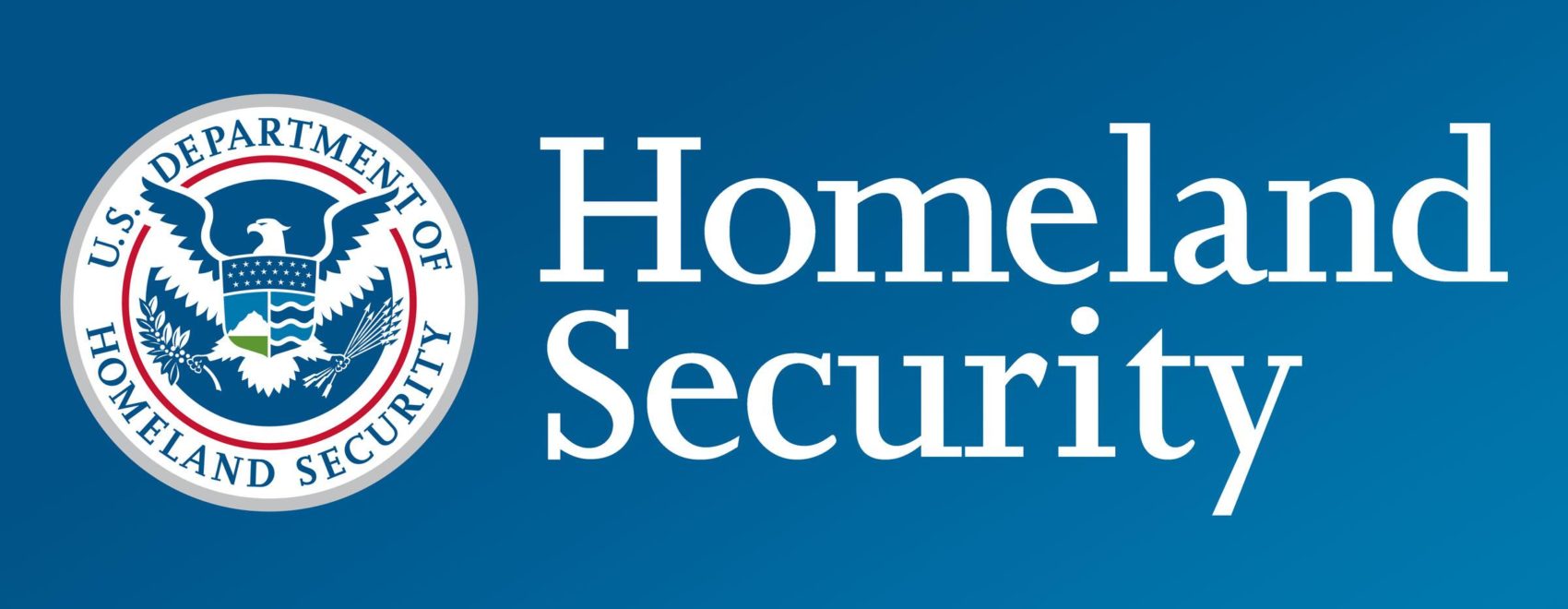Recognizing the sound your cell phone makes during an alert and springing to action can buy precious time during an emergency, when every second counts. You have probably seen Wireless Emergency Alerts (WEA) that warn of weather hazards like flash floods, hurricanes or tornadoes; fire hazards; and even AMBER Alerts about missing children. WEA are a great emergency preparedness tool for quickly delivering important, actionable information to the public all at once.
At the beginning of the coronavirus (COVID-19) public health emergency, many state, local, tribal, and territorial alerting authorities began to push WEA to cell phones with critical information for residents including mask wearing, shelter-in-place notices, social distancing, and testing facility locations. Through late September, more than 400 COVID-19-related WEA have been sent to the public.
But what the public may not know is how the alerts are delivered and what a lifeline they are for emergency management agencies nationwide. The “how” is the Federal Emergency Management Agency’s (FEMA) Integrated Public Alert and Warning System, also known as IPAWS, and it has saved potentially thousands of lives. IPAWS is FEMA’s national system for local alerting that provides authenticated emergency and life-saving information to the public, including WEA to cell phones.
The Department of Homeland Security (DHS) Science and Technology Directorate (S&T) has been working with the FEMA IPAWS office and state and local response teams since early 2009 to develop effective alerts, warnings, and notifications programs, as well as identifying gaps in existing IPAWS alerting messaging. Last month, S&T and FEMA announced a new IPAWS Program Planning Toolkit containing frequently asked questions and a fact sheet, plus a train-the-trainer guide.
2020: The Year of Emergencies that Made Alerts and Warnings Invaluable
“From the devastating wildland fires on the West Coast to the very active Atlantic/Caribbean hurricane season to the ongoing COVID-19 public health emergency, there is a growing need to push actionable information out quickly to the public in order to save lives,” said IPAWS Director Antwane Johnson.
Between January 1 and September 14, 2020, alerting authorities sent 1,750 WEA. That’s a more than three-fold increase over the 550-plus WEA sent during that same time frame in 2019.
In March, the Navajo Nation became the first tribal nation to send out a COVID-19-related WEA. When an outbreak of 49 cases in the Western Navajo region occurred, the Navajo Division of Public Safety Department of Emergency Management sent an alert on March 23 to remind residents of the stay-at-home order. Up until this point, WEA have been issued within state boundaries. However, the Navajo Nation is composed of 110 location jurisdictions within 11 counties, two satellite reservations, and seven police districts totaling 27,000 square miles. The nation also extends into three FEMA Regions.
In April, New York City was the epicenter of COVID-19 in the United States. At the direction of Mayor Bill de Blasio, an emergency alert was pushed to cell phones throughout the city asking for all available healthcare workers nationwide to assist New York City in combatting the virus.
On August 15, the National Weather Service in Reno, Nevada, issued the first-ever fire tornado warning for the Loyalton Wildfire in Lassen County, California. Meteorologists at NWS Reno decided to issue the tornado warning to activate the emergency alert system and wireless emergency alerts.
“Our forecasters were tracking the plume on radar and were seeing rotation signatures comparable to that of a tornado. Factoring in public and firefighter safety, they issued a rare tornado warning associated with a large fire,” said NWS Reno Meteorologist and Public Information Officer Chris Smallcomb. Upon inspection, NWS found evidence of three different tornado paths with the largest being a low-grade EF-2. Said Smallcomb: “NWS Reno’s fire tornado warning has resulted in a robust policy conversation within the NWS and partner agencies about the utility of such warnings in a wildland fire situation, since it had never been done before!”
In Clark County, Nevada, the Emergency Management Office issued an emergency alert on September 1 to urge residents to take advantage of free COVID-19 testing with a list of local testing facilities. At the time of the alert, the county, which is home to Las Vegas, was at an elevated risk of virus spread.
Toolkit Helps Emergency Management Seamlessly Implement Alerting Plans
IPAWS was established in 2006 under Executive Order 13407 as a national alerting system to quickly and reliably provide authenticated emergency and life-saving information to the public via technologies that are most accessible to them. Today, more than 1,500 federal, state, local, tribal and territorial alerting authorities use IPAWS to send critical emergency updates in their jurisdictions.
Source: Feature Article: Guiding Communities Through Emergency Alerts and Warnings | Homeland Security

